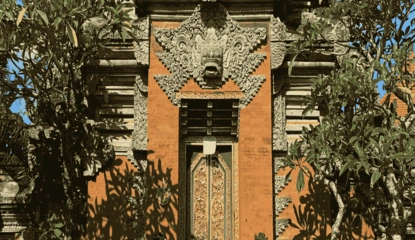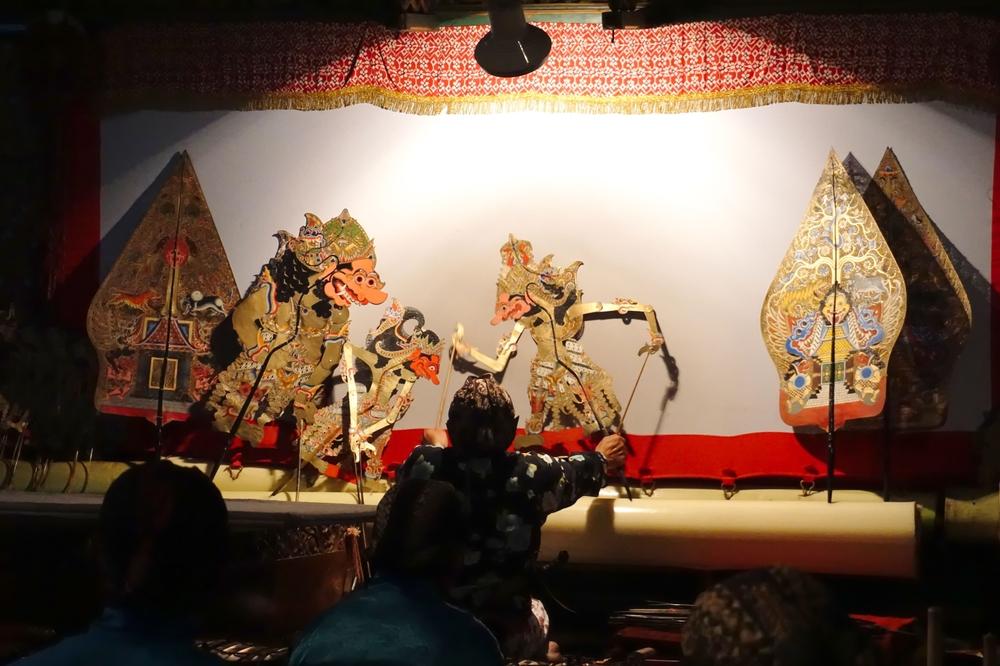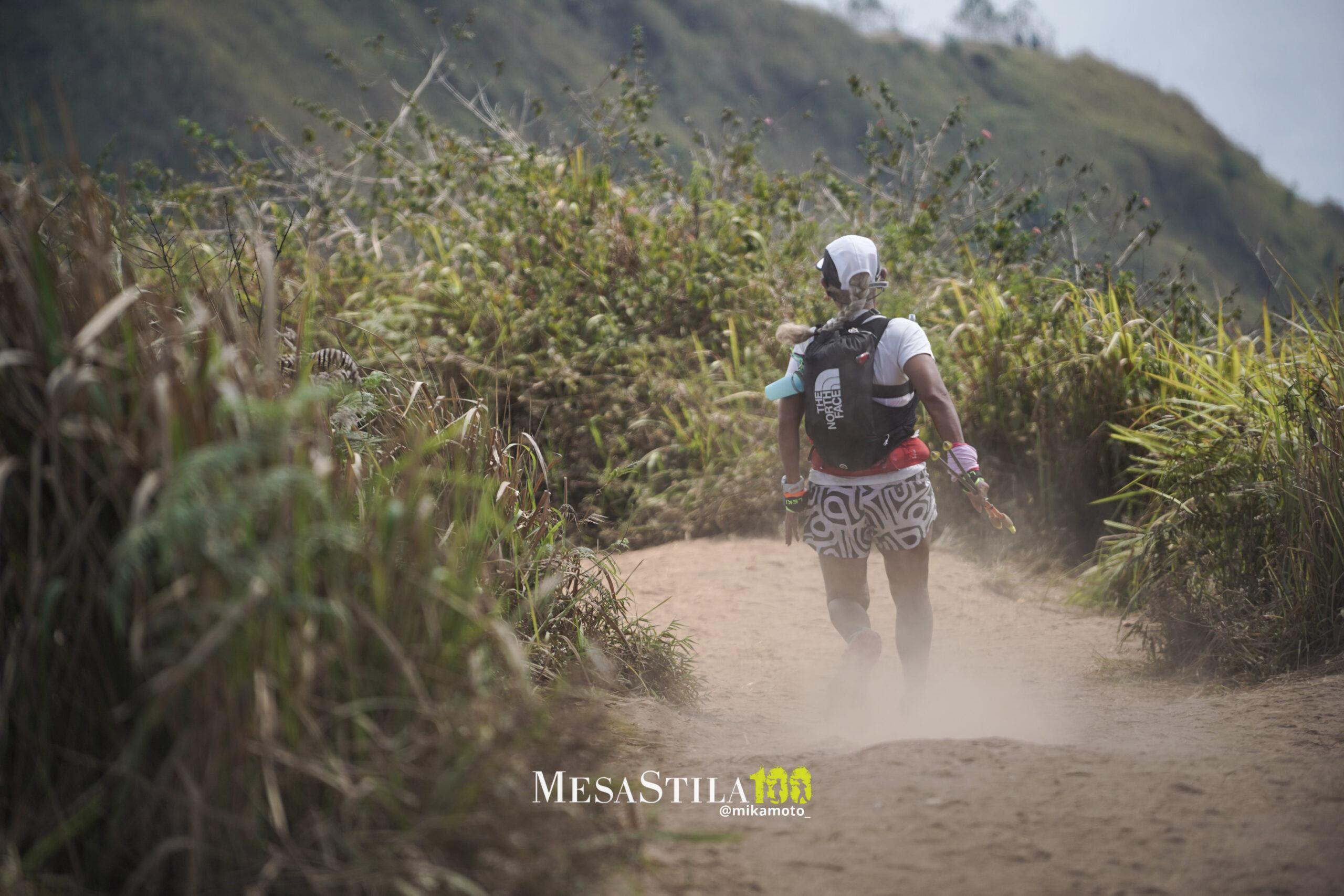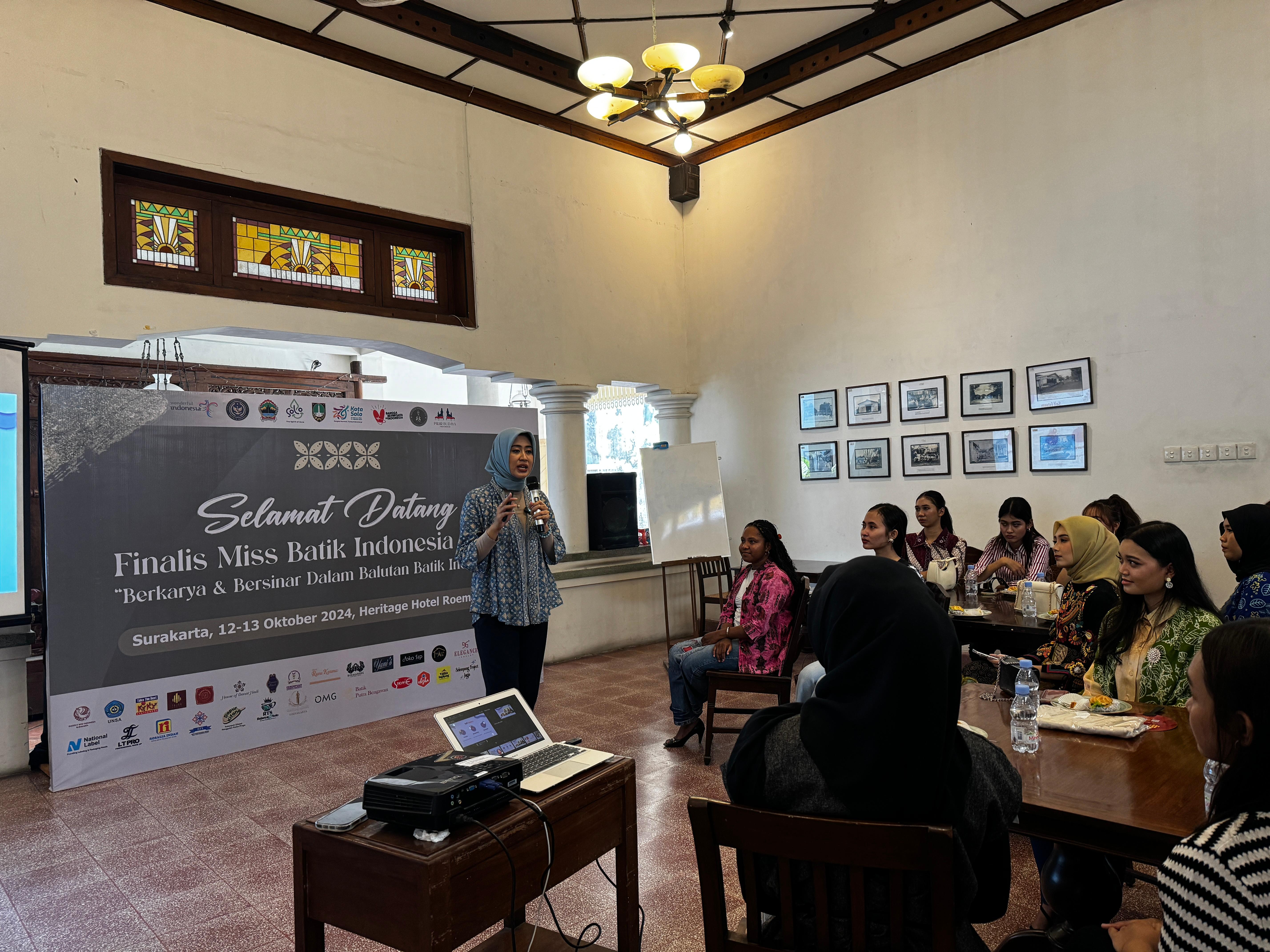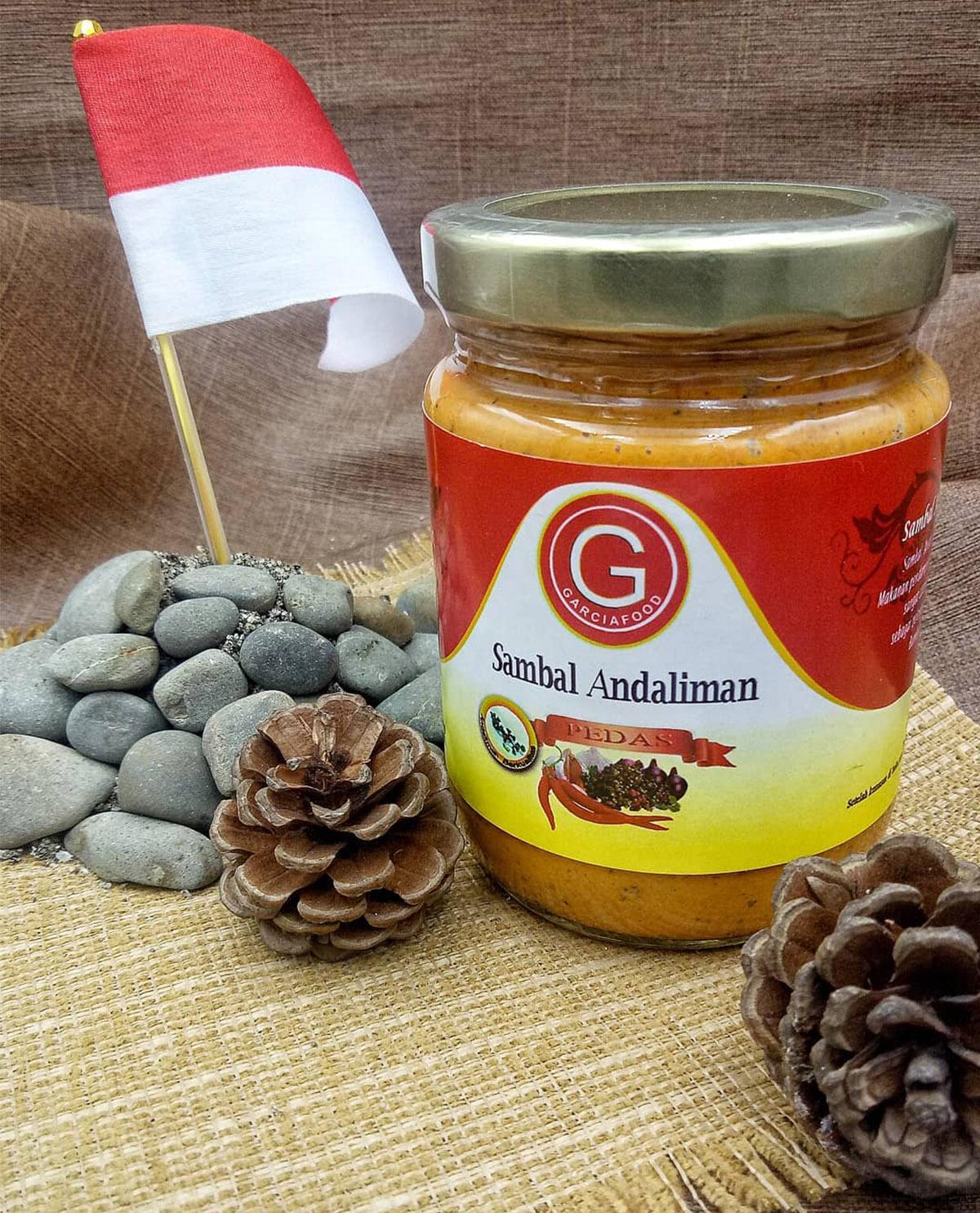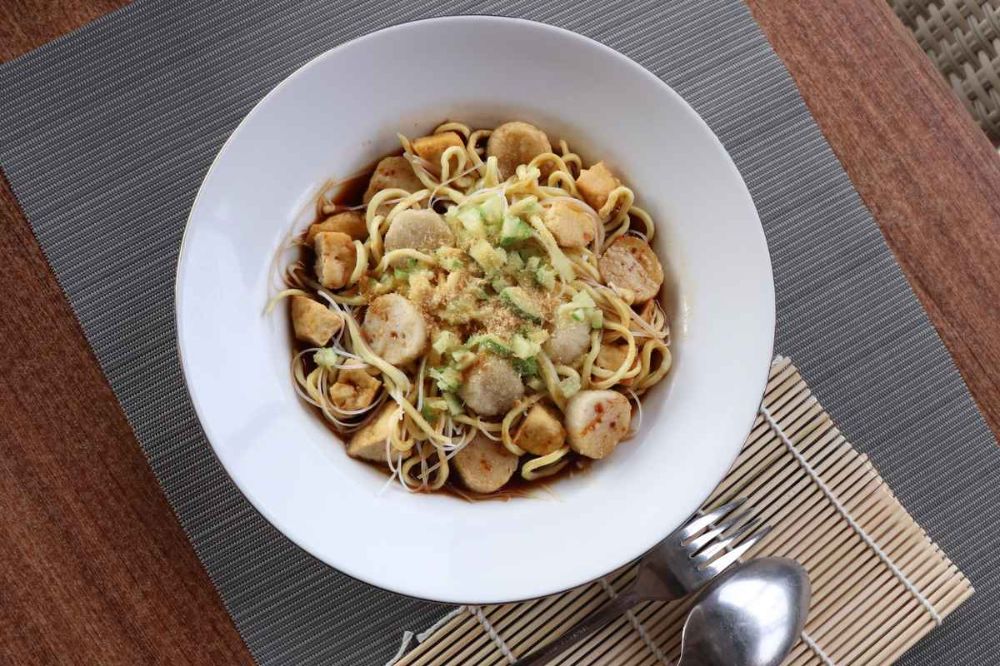Wayang kulit, one of Indonesia's traditional performing arts masterpieces, is not just a one-night stand. Behind its curtains and shadows are stories, noble values, and local wisdom that have been passed down for centuries.
Through the role of the puppeteer, the droning gamelan, and its legendary characters, shadow puppets convey life lessons in a unique and meaningful way.
The Origin of Wayang Kulit: Where did this tradition come from?
Wayang kulit is one of Indonesia's traditional performing arts that has been recognized as a UNESCO World Cultural Heritage.
However, not many people know that shadow puppets originated from an ancient tradition influenced by Hindu and Buddhist cultures that entered the archipelago around the 9th century. It is believed that the earliest forms of shadow puppetry originated in Java, specifically in the regions of Central Java and Yogyakarta, as a means of disseminating religious and moral values.
The influence of India is very strong in shadow puppet shows, especially since many of the plays are taken from the epic stories of Ramayana and Mahabharata.
However, over time, wayang kulit has evolved to become distinctly Indonesian, with strong local styles, characters, and messages.
The Most Iconic Wayang Kulit Characters
In every shadow puppet show, the audience will be presented with a variety of characters that represent good and evil, wisdom and foolishness. The most recognizable shadow puppet characters come from the Mahabharata and Ramayana stories, such as:
- Arjuna: A famous Pandawa knight who is handsome and wise.
- Semar: A punakawan character who is funny but full of advice. He is considered a symbol of the wisdom of the common people.
- Ravana: The main antagonist of the Ramayana, famous for his power and ambition.
- Hanoman: The loyal and powerful white ape, a symbol of loyalty and courage.
These characters are not just fictional, but also reflect the social and spiritual values of Javanese society.
The Philosophy Behind Every Wayang Kulit Show
Wayang kulit is not just an evening's entertainment. This performance is rich in philosophical and spiritual significance. Every movement, the sound of the gamelan, and the puppeteer's words contain life lessons.
In Javanese philosophy, wayang performances reflect the struggle between dharma (good) and adharma (evil).
The puppeteer as director plays a central role. He is not only a storyteller, but also a spiritual leader who conveys moral, cultural, and religious messages to the community.
The Role of Gamelan and Dalang in Wayang Kulit
The magical atmosphere of a shadow puppet show would not be complete without gamelan accompaniment. Gamelan music accompanies each scene, creating a dramatic atmosphere that brings the story to life.
Instruments such as drums, gongs, saron, and gender come together in a distinctive harmony.
Meanwhile, the dalang is the heart of the performance. He sets the storyline, brings the shadow puppet characters to life, and improvises with dialogue and humor.
A puppeteer must master Javanese literature, philosophy, voice, and puppetry techniques.
Watching Wayang Kulit in Jakarta
In Jakarta, you can go to the Wayang Museum, Makutharama Puppet Studio, and Taman Mini Indonesia Indah.
Wayang Museum, Kota Tua, Jakarta
Located on Jl. Pintu Besar Utara No. 27, West Jakarta (near Fatahillah Square). The Wayang Museum organizes regular wayang kulit performances (about 4 times a month), usually every weekend (Saturday to Sunday morning) and every Saturday night, with a duration of about 1 hour.
In addition, there is a "live" session where the audience watches the puppeteer from in front of the kelir (screen), allowing them to see the puppet control process directly.
Makutharama Puppet Studio, Kota Tua, Jakarta
It is located close to Fatahillah Square, Kota Tua. This small studio shows live shadow puppetry, with the dalang explaining the story in English.
The studio is also suitable for tourists or those who don't understand Javanese/Balinese. You can also see a collection of puppets and buy souvenirs at Makutharama Puppet Studio.
Taman Mini Indonesia Indah (TMII)
Located on Jl. Taman Mini Indonesia Indah, Ceger, East Jakarta. TMII regularly hosts cultural performances, including wayang kulit and wayang golek, at the Regional Anjung every week or during special events. Before visiting, please check the schedule on TMII's website or social media.
Watching Wayang Kulit in Yogyakarta
While in Yogyakarta, here are some places you can visit if you want to watch shadow puppets:
Sonobudoyo Museum
The Sonobudoyo Museum is a popular cultural destination in Yogyakarta, particularly for those interested in exploring the art of shadow puppetry. At this museum, you can watch performances that also feature wayang orang and Panji masks, forming a complete cultural experience.
Performances take place every night, from Tuesday to Sunday, from 8:00 PM to 9:30 PM WIB. Ticket prices are quite affordable, at IDR 20,000 for domestic visitors and IDR 50,000 for foreign tourists. Tickets can be purchased directly at the venue as there is no online booking system available.
Yogyakarta Palace
Inside the Yogyakarta Palace complex, precisely in Srimanganti Ward, you can enjoy traditional art performances every morning. The performances vary from wayang kulit, wayang golek, macapat, to wayang wong, and often involve artists from within the palace itself.
The show starts from 9:00 am to 11:00 pm every day. Tickets to enter the Keraton area and watch the show are priced at IDR 15,000 for domestic tourists and IDR 25,000 for foreigners, and can be purchased directly at the entrance.
Watching Wayang Kulit at Wayang Orang Sriwedari Solo
Wayang Orang Sriwedari is a performing arts icon in Solo that combines traditional wayang orang theater with a touch of shadow puppetry in its visual and narrative elements. The show is held every night from Monday to Saturday, typically starting at 7:30 pm and running until 8:30 pm.
The performers wear typical puppet costumes and perform epics such as the Ramayana and Mahabharata with Javanese dialog. Ticket prices range from Rp 10,000 to Rp 20,000 for domestic visitors and Rp 50,000 for foreigners. You can buy tickets directly at the venue or book them through their official Instagram account.
Wayang Kulit Preservation in the Modern Era
In today's digital age, the existence of shadow puppetry faces a major challenge. The younger generation's interest in traditional arts is declining, replaced by modern entertainment.
However, many art communities, governments, and academics are working to preserve these arts through festivals, workshops, and the digitization of performances.
Education about the origins of shadow puppetry, rooted in the noble traditions of our ancestors, is also important for increasing public appreciation.
By introducing shadow puppet characters through interactive media and technology, this art can still be alive and relevant in this day and age.
In the midst of modernization and the onslaught of foreign cultures, shadow puppetry still stands as a symbol of the identity and cultural wisdom of the archipelago. Preserving this art means preserving ancestral heritage that is full of values and philosophy of life.
Because more than just entertainment, wayang kulit is a reflection of the nation's soul that deserves to be watched, studied, and passed on.





